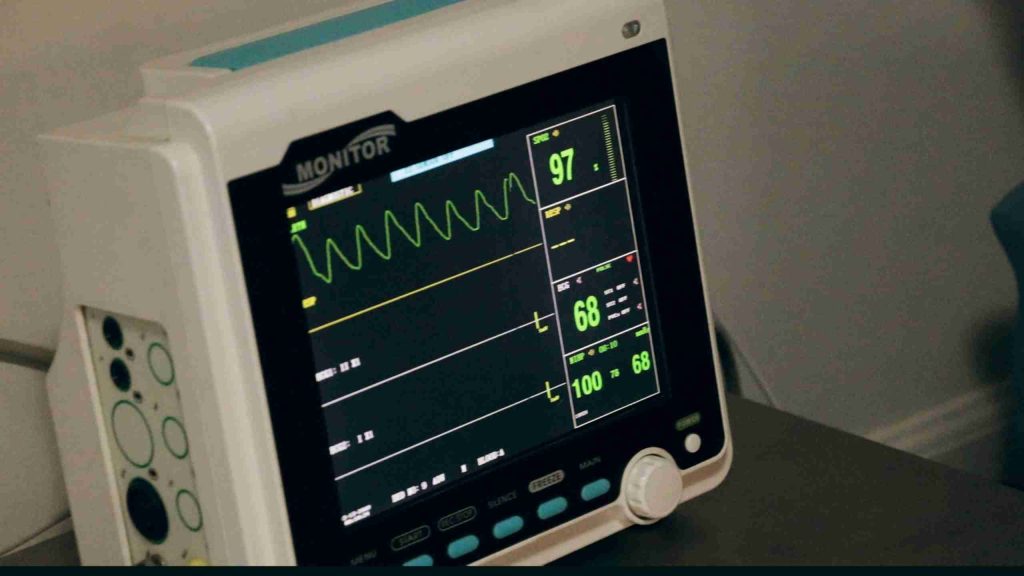You put a massive amount of time, energy, and cost into developing your firmware. As such, protecting your firmware should be a top priority. The best way to protect your firmware is to follow good design practices throughout your development process. You might already have a set of practices in place, but there are a few key things you should avoid to ensure your firmware stays secure.
Want to protect your firmware? We’re sharing key mistakes that could expose your firmware to security risks. Not sure if your firmware is protected? Request a Professional Health Check
5 Mistakes That Can Jeopardize Your Firmware Protection
1. Don’t leave debug ports enabled for release builds
Debug ports are practically essential when developing firmware, but when it comes time to released firmware, they should be disabled. This is especially true if you have a built-in command-line interface (CLI) that allows for interaction with your system. There is no reason to offer up free information to the attackers.
2. Validate applications before executing
Using a bootloader that validates the application in read-only memory (ROM) before allowing execution to jump to the application ensures that only the intended application is executed. This will prevent attackers from trying to spoof your application with their own malicious version. Even a simple cyclic redundancy check (CRC) is better than nothing.

3. Don’t use unsigned and unencrypted firmware updates
Always sign your firmware updates. This allows the device to verify the update is from a trusted source. The device should only have access to the public key and protect it from modification. Be sure to check if your processor has a secure key storage module. Encrypting your firmware updates will protect your firmware from being reverse-engineered/analyzed. This includes any keys or secrets that it contains. Check to see if the processor has hardware-accelerated encryption, which can save both time and power. The only place your firmware should be unencrypted is your processor’s memory while it’s running.
4. Don’t send sensitive data between ICs unencrypted
Attackers can probe the communication lines between integrated circuits (ICs) on your printed circuit board (PCB) and sniff all traffic. To prevent attacks, encrypt all sensitive data before sending it across communication lines.
Related: Keep Hackers Out With Proper Connected Device Security
5. Don’t leave flash unlocked
Most processors have a mechanism that disables debuggers from reading the contents of flash. This prevents the attacker from simply attaching a debugger and reading out your firmware from flash. This protection is not ironclad, and attackers could circumvent this precaution with enough time and energy. Think of it as locking your door; it’s not enough to keep out a master lockpick with unlimited time and resources, but it will keep out most people.
Conclusion
Making sure your firmware is secure is an important step in any development process. Considerations should be made from the architecture planning all the way through mass production and image distribution. While this guide is not all encompassing, we hope that it gets you thinking about how you can protect your hard work and IP.
Next Steps
Don’t leave your firmware’s security to chance! Our talented Dojo Five engineers can help you with all aspects of your Embedded firmware journey. We are always happy to help with interesting problems that need solving, from security audits to firmware development. Book a call with us to take your firmware to the next level! Or if you’re into DevOps, you can sign up for our EmbedOps platform.





